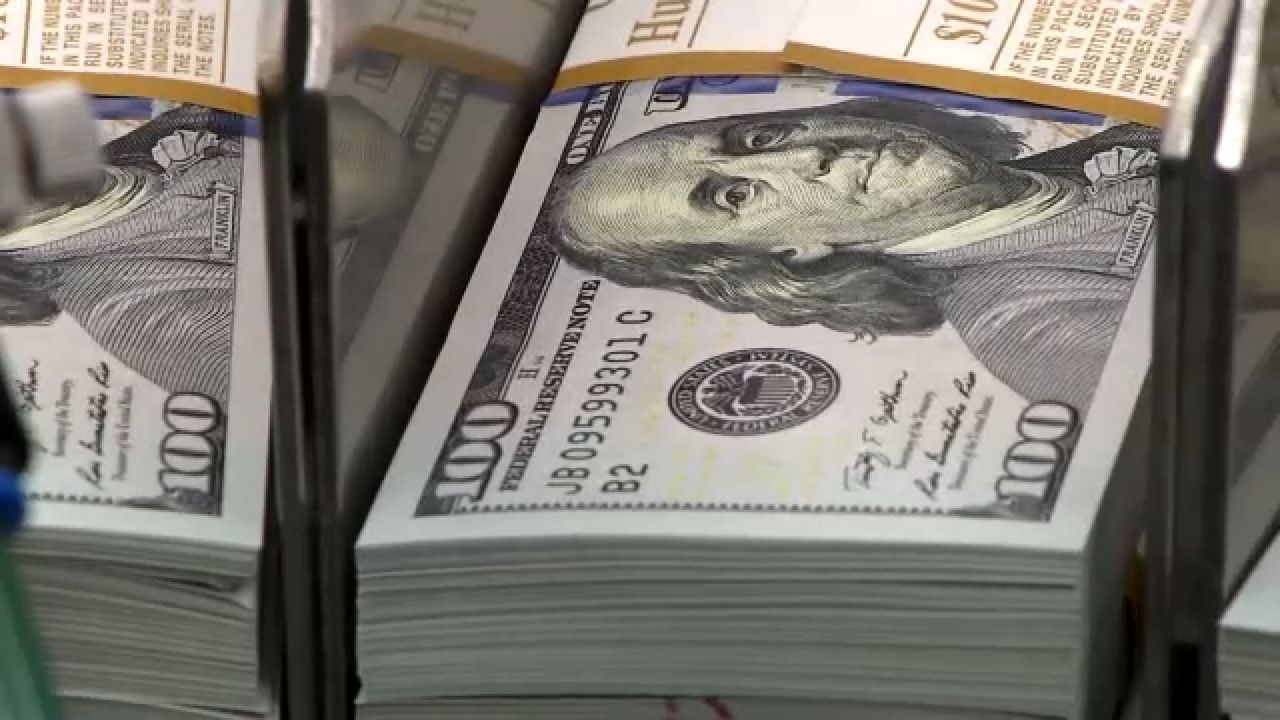New York's tax revenue dropped by nearly $7 billion in the initial quarter of the state's fiscal year, a signal money will no longer flow as easily as it has in recent years and potentially complicating budget talks in 2024.
State Comptroller Tom DiNapoli's office on Monday reported the state took in $27.6 billion in the first quarter of the fiscal year starting April 1.
The total was $450.8 million more than initially projected by the governor's Division of Budget. But it was also $6.8 billion less than the same time period last year. Even as inflation has slowed and the state's unemployment picture has slowly brightened since the depths of the COVID-19 pandemc, questions remain over the growth of tax revenue.
“State revenue collections performed better than the Division of the Budget’s current estimates for the first quarter, but the economy is sending mixed signals that cloud the state’s fiscal outlook,” DiNapoli said. “While inflation has eased and hiring has held up, consumer spending has slowed in recent months and some tax collections are showing signs of weakness. My office will continue to closely monitor economic conditions and what it means short- and long-term for our state’s finances.”
The main driver of revenue for New York, the personal income tax, was $14.5 billion in the first three months of the fiscal year, representing a $7.1 billion drop. DiNapoli's office said that was due in part to the effect of slowing income growth and market violatility on Wall Street.
Spending, meanwhile, reached $58.6 billion, a $9 billion increase in the first quarter due in large part to increased Medicaid costs.
New York is projected to have multi-billion dollar budget gaps in the coming years as spending has risen significantly and as tax revenue is expected to further soften. State officials have built up more than $19 billion in a rainy day fund to act as a bridge for those gaps.



